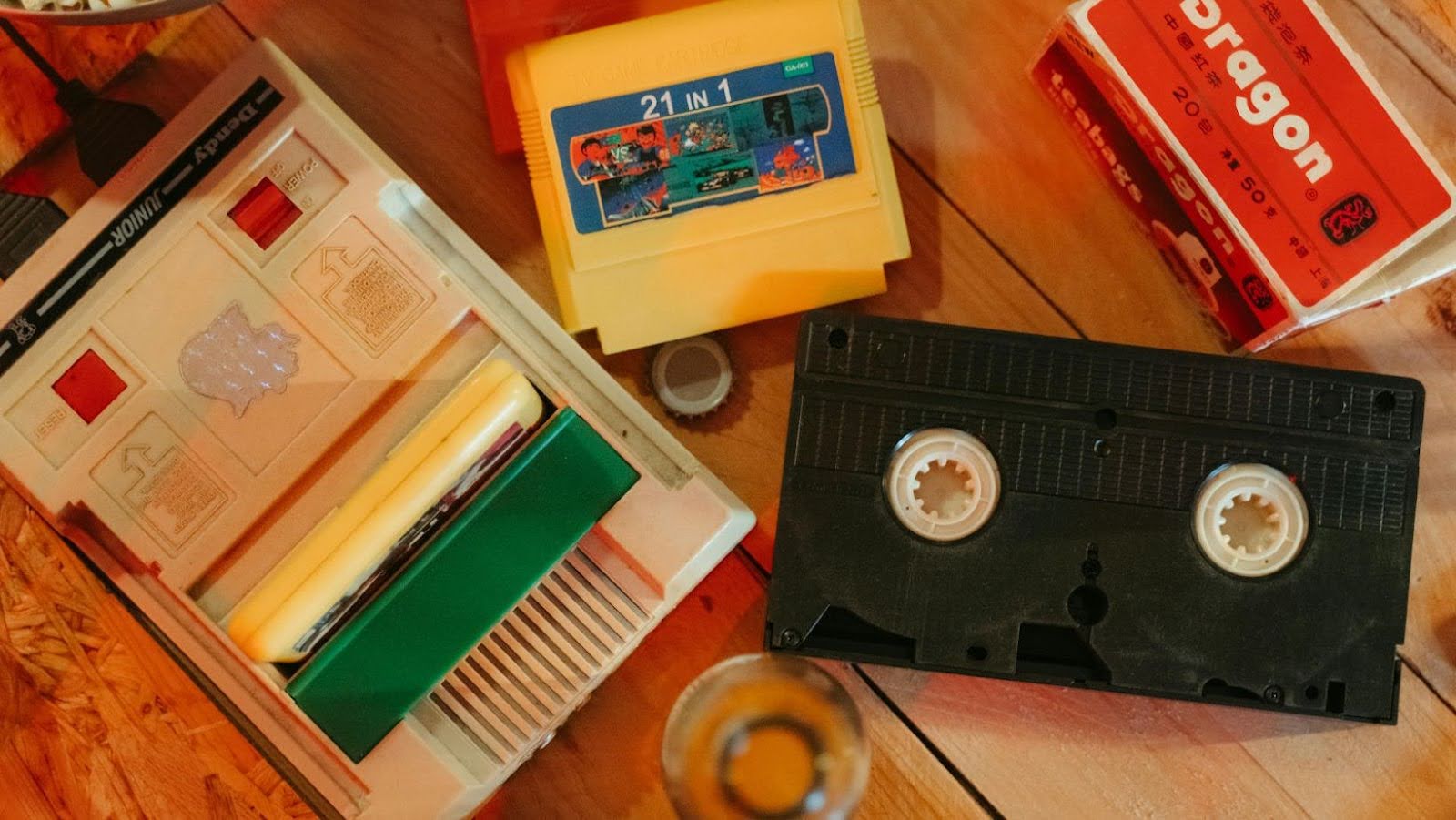Phone:
(701)814-6992
Physical address:
6296 Donnelly Plaza
Ratkeville, Bahamas.

Retro games have always been a favorite among gamers. The pixelated graphics, simple yet engaging gameplay, and nostalgic feel continue to charm players even today. However, thanks to the rise of blockchain technology, indie developers are now bringing these classic games into the future with a modern twist. Using Solana, developers are creating retro-style games that incorporate features like NFTs and decentralized ownership, offering players a fresh way to experience these beloved games.
With the increasing value of Solana’s cryptocurrency, SOL to USD has become an important consideration for both investors and developers. Solana’s rapid growth in the crypto market makes it an even more attractive option for game developers looking to integrate blockchain technology into their projects. By leveraging Solana’s advantages, retro game developers can combine the charm of classic gaming with the power of modern blockchain features.
Solana’s blockchain offers several advantages that make it perfect for retro game developers. Its low transaction fees and high-speed transactions ensure that players don’t face delays or excessive costs when making in-game purchases or trading assets. Solana’s scalability also allows for a smooth gaming experience, even as the user base grows.
Solana’s native cryptocurrency, SOL, has also gained significant attention and value in the market (for instance, SOL to USD exchanges), which only adds to the platform’s appeal. Developers can create games with low overhead costs, allowing them to incorporate innovative blockchain features without worrying about high transaction fees.
Now, let’s explore how indie developers are making use of Solana to bring new life to retro-style games.
NFTs (non-fungible tokens) are a game-changer for developers looking to enhance the gaming experience. In a retro game, NFTs can represent rare in-game items, characters, or even entire game levels. These digital assets are unique, meaning that players can truly own them, buy, sell, and trade them.
For example, in a retro-style game, developers could create limited-edition items like special skins, characters, or exclusive levels as NFTs. These assets can be purchased with SOL and are securely stored on the blockchain, ensuring transparency and verifiable ownership. As NFTs change hands among players, their value can rise, creating an exciting secondary market for these in-game assets.
Traditionally, in-game assets belong to the game developer or the company behind the game. Players may collect items or characters within the game, but they don’t have any real ownership over them. Solana changes this dynamic by enabling true decentralized ownership of in-game assets.

When players acquire an item in a Solana-powered retro game, it’s stored as an NFT on the blockchain. This means that players fully own the asset and can trade or sell it without needing approval from a central authority. This sense of ownership empowers players and changes how they engage with the game, giving them more control and autonomy over their in-game experience.
Indie developers often face challenges when it comes to securing funding for new projects. Traditional crowdfunding platforms like Kickstarter provide one option, but they lack the level of direct engagement that blockchain technology can offer. Solana enables developers to use tokens or NFTs to crowdfund their games before they’re even released.
By issuing tokens as a form of investment, developers can give early backers special privileges, such as exclusive in-game items or early access to the game. This strengthens the connection between developers and their community, allowing fans to become more involved in the development process and giving them a stake in the project’s success.
One of the most exciting possibilities with Solana is interoperability. Solana’s blockchain allows retro games to share assets, enabling items from one game to be used in another. For instance, a player who owns a rare item in one game could potentially use it in another game, creating a connected ecosystem of retro games.
This shared universe concept was once impossible in traditional gaming, but with Solana’s blockchain, it’s now a reality. Developers can use this feature to create a more dynamic and interconnected gaming experience, where in-game assets have value across multiple titles, benefiting both players and developers alike.
The future of retro game development on Solana looks promising. As more developers adopt blockchain technology, the potential for combining retro gaming with modern blockchain features is limitless. Solana’s fast transactions, low fees, and scalability make it the ideal platform for these projects.

As the blockchain gaming space continues to grow, we can expect to see even more creativity and innovation in retro games powered by Solana. The ability to integrate NFTs, decentralized ownership, and even cross-game interoperability opens up endless possibilities for both developers and players.
With Solana, developers are bringing the charm of retro games into the modern age, creating new and exciting ways for players to experience their favorite games. The future of retro gaming on Solana is bright, and it will be exciting to see where this technology takes the gaming industry in the coming years.